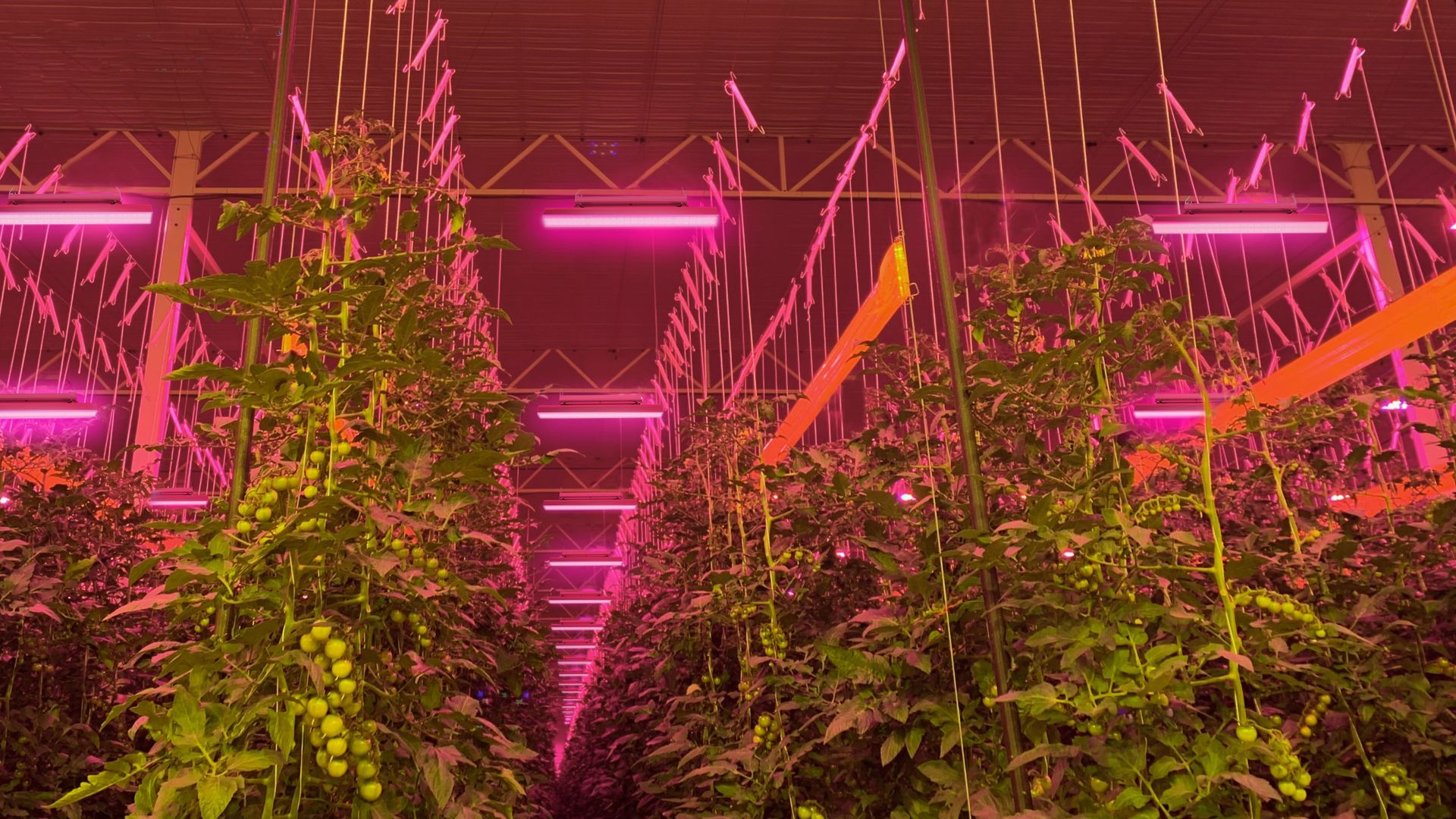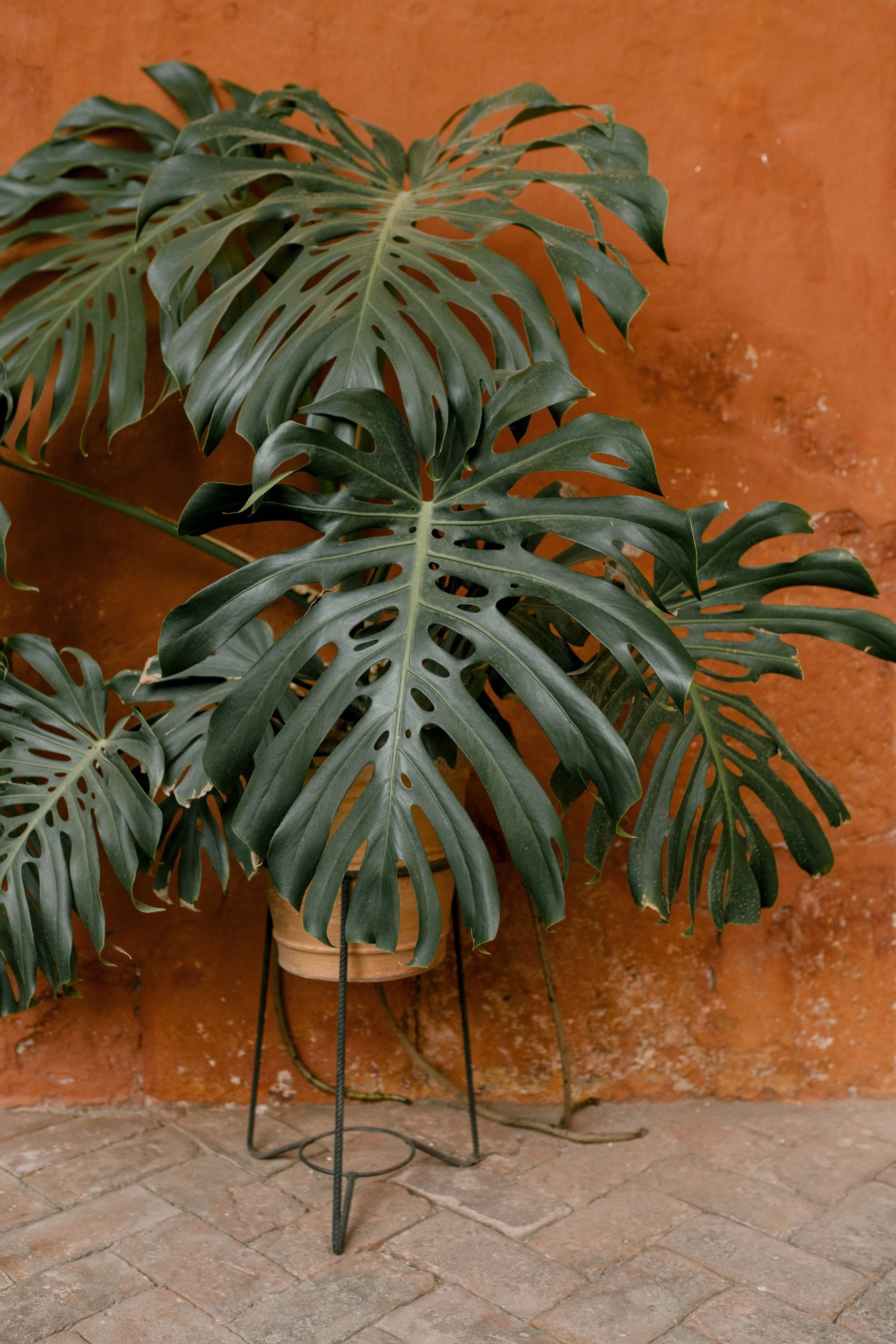News

Greenhouses are the jewel of any crop. It allows gardeners to take full advantage of the sun, extend the season, and produce a variety of high-end crops. With the help of a greenhouse, you can maintain a bountiful harvest at any time of the year.
There are many crops that are suitable for growing in a greenhouse, but here we will focus on the best. Choose crops that grow quickly and if possible, crops that yield more than one crop, but also grow vertically to save on greenhouse space!
1. Cucumber
Cucumbers are a great crop to grow and sell in greenhouses. There are many options to choose from, and they have grown very well vertically, and they have been producing for a long time as well.
2. String beans
It is one of the easiest crops to grow. They grow vertically and take up little space. Planting every 1-2 weeks will give you a steady yield.
3. Chili
Chili is a big seller considering we use it as a spice in most of our meals. You can get more yields growing them in a greenhouse than in the open field. Because it is easier to control weather conditions, soil conditions. Meanwhile, pepper growing will depend on how well you take care of your farm.
5. Tomatoes
Tomatoes are easy to grow and there are hundreds of varieties of tomato. Tomato plants are fertile producers, and each plant rewards you with a bunch of fruit. When planted correctly, spaced and supported with string, sticks or ropes in a greenhouse, farmers can reap more yields.
6. Spinach
Spinach is an excellent cash crop. Growing them in a greenhouse will protect them from the harsh sun. You can sell an unlimited number of spinach leaves from the same plant each season because they grow quickly and will grow back if you cut it off.
7. Watermelon
Watermelons thrive in regions with humid climates. The fact that farmers can control the temperature and humidity in the greenhouse makes it an ideal place to grow them. There are different varieties of melons. Small shrub varieties take about 80 to 90 days, and large varieties take 90 to 100 days or more to mature.
Greenhouse horticulture allows farmers to grow crops year-round without worrying about any weather conditions. Plus, the controlled farming space makes it easier to manage crops. Check outled horticulture lighting here: https://www.hortibest.com/

The advantage of indoor seedlings is that it can replenish water for plants on time, reduce the impact of other natural factors such as external climate, so that plants can fully grow, but indoor seedlings tend to lack sunlight, which hinders plant photosynthesis. And grow lights can make up for this shortcoming, can provide the best choice for indoor seedlings, winter herbs, etc., and make your garden flourish.
1. Light affects plant growth
In the process of plant growth, light is the decisive factor affecting plant growth. Plants grow and stay healthy through photosynthesis, which is a chemical process. By supplementing the growth light function, it imitates sunlight, so that plants can have more time in the sun, providing plant chlorophyll and light source, plus water and nutrients, and keeping indoor seedlings healthy. Grow lights can be used for timed and forced seedlings, commercial hydroponic crop production, growing plants in dark areas during winter, and more. Provide plant chlorophyll and light source, plus water and nutrients; keep indoor seedlings in a healthy state.
2. Grow light types
Incandescent bulbs, like many halogen bulbs, often run too hot to be safe. On the other hand, energy saving lamps (CFLs) and LED grow lightsrun cool, provide a wide range of light and, crucially, provide a lot of light with low energy consumption.
Plants love lots of light in blue and red wavelengths, and full-spectrum bulbs are here to help them grow and develop even bushy forms rather than clumsy ones. Full spectrum bulbs can be a bit more expensive, but worth it!
High-end grow lights are high-end grow lights designed for this purpose is available, including bulbs and lamps. They tend to be bulky because they are designed for people and nurseries to grow a lot of plants. They're very bright, and they tend to be huge energy suckers.

Only by choosing the light source scientifically can we better grasp the speed and quality of plant growth. When using artificial light sources, we must choose the natural light that is closest to the conditions for plant photosynthesis. Measure the photosynthetic luminous flux density PPFD (Photosynthetic Photon Flux Density) produced by the light source on the plant, grasp the rate of plant photosynthesis and the efficiency of the light source, and the light quantity of photosynthetically active photons initiates the photosynthesis of plants in the chloroplast: including light reaction and subsequent dark reaction.
Plant grow lightsshould have the following characteristics
1. Highly efficient conversion of electrical energy into radiant energy. 2. Achieve high radiation intensity within the effective range of photosynthesis, especially low infrared radiation (thermal radiation) 3. The emission spectrum of the bulb meets the physiological requirements of plants, especially in the effective spectral region of photosynthesis.
The principle of plant LED plant grow lights
LED plant grow light is a kind of plant light. It uses light-emitting diode (LED) as the light source. According to the law of plant growth, it uses light instead of sunlight to create a plant growth and development environment. LED plant grow lights help shorten the growth cycle of plants. The light source is mainly composed of red and blue light sources, using the most sensitive light bands of plants. Red light wavelengths use 630nm and 640-660nm, and blue light wavelengths use 450-460nm and 460-470nm. These light sources can make plants produce the best photosynthesis, so that the plants can get the best growth state. The light environment is one of the important physical environmental factors that are indispensable for plant growth and development. Controlling plant morphogenesis through light quality adjustment is an important technology in the field of protected cultivation.